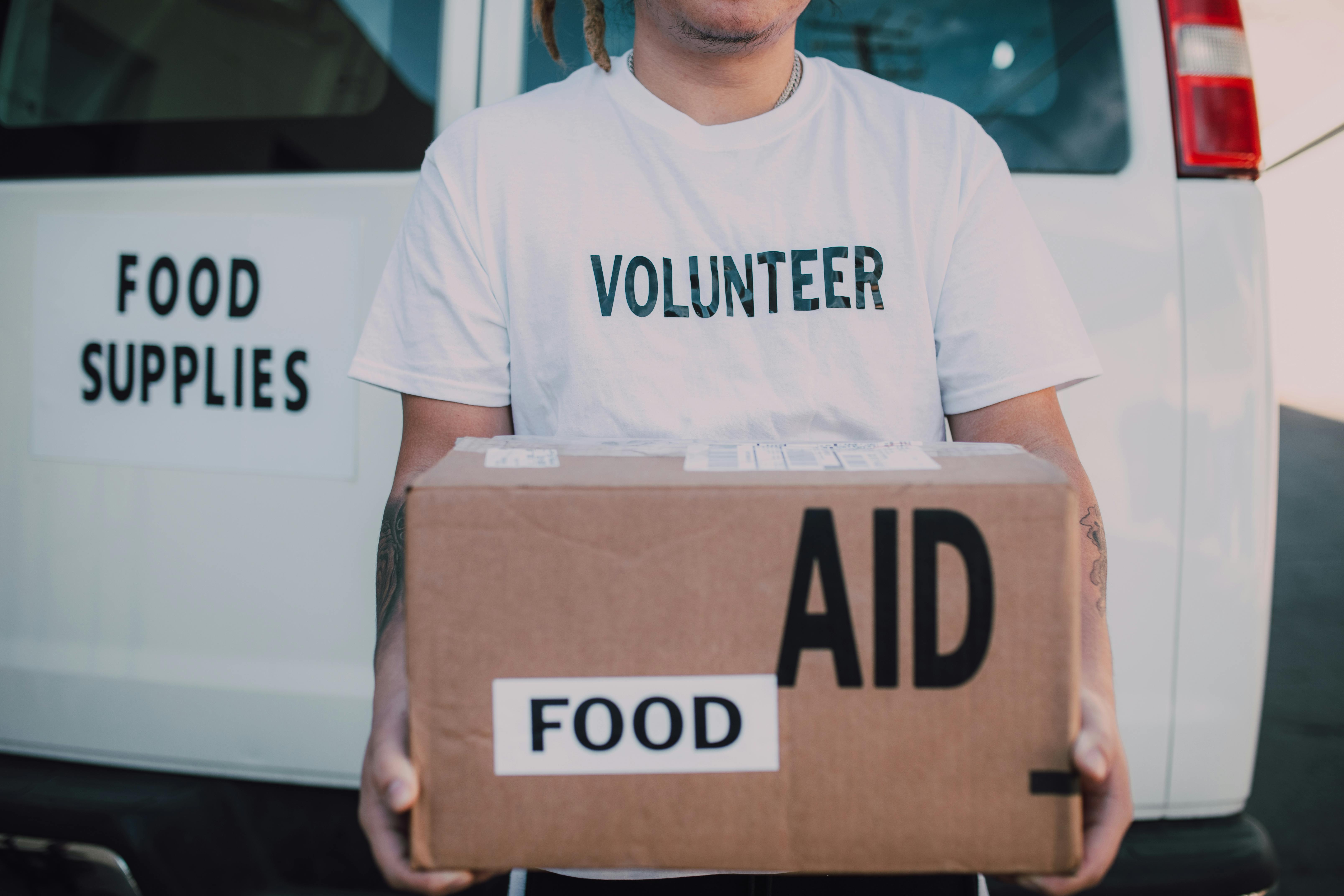SAN DIEGO — Thousands of San Diego County residents are at risk of losing or seeing reductions in their food assistance benefits following federal spending cuts signed into law this month. The rollback affects the Supplemental Nutrition Assistance Program (SNAP), known in California as CalFresh, and is expected to hit children, seniors, and low-income families hardest.
State officials estimate that nearly 370,000 Californians could see reductions in monthly food aid. In San Diego County alone, more than 128,000 children rely on CalFresh to access nutritious meals. Nonprofits warn the cuts could deepen food insecurity, which already affects 1 in 7 children in the region.
“We’re already serving thousands of households on the brink of hunger,” said Bob Kaminski, CEO of Feeding San Diego. “This change could push many over the edge.”
Kaminski said demand at local food banks has surged following the cancellation of federal commodity food shipments. With more families at risk of being dropped from CalFresh, organizations are bracing for additional strain.
In response, more than a dozen local nonprofits, including Feeding San Diego, Jewish Family Service, and Catholic Charities, declared a “state of emergency.” The groups say the cuts jeopardize not only food aid but also housing and health support for vulnerable residents.
The San Diego County Board of Supervisors has asked staff to assess the full impact and present mitigation strategies by September.
Health professionals are also raising alarms. Pediatricians at Rady Children’s Hospital warn that children will be among the hardest hit.
“The people who are going to be most affected are children,” one pediatrician told KPBS. “The effects of food insecurity and lack of access to care are long-term and devastating.”
The federal legislation also affects Medi-Cal, California’s Medicaid program, by introducing stricter eligibility reviews and new work-reporting requirements. According to the San Francisco Chronicle, these changes could remove up to 5 million Californians from coverage over the next decade.
Local agencies are urging residents to support hunger relief through donations, volunteer work, and advocacy. Meanwhile, state officials are exploring possible federal waivers and administrative fixes to soften the blow.
As summer ends and school resumes, food access for thousands of children remains uncertain. Without school-provided meals or CalFresh benefits, many families will face difficult choices.
“We need all hands on deck,” said County Supervisor Terra Lawson-Remer. “The county can’t do this alone.”







